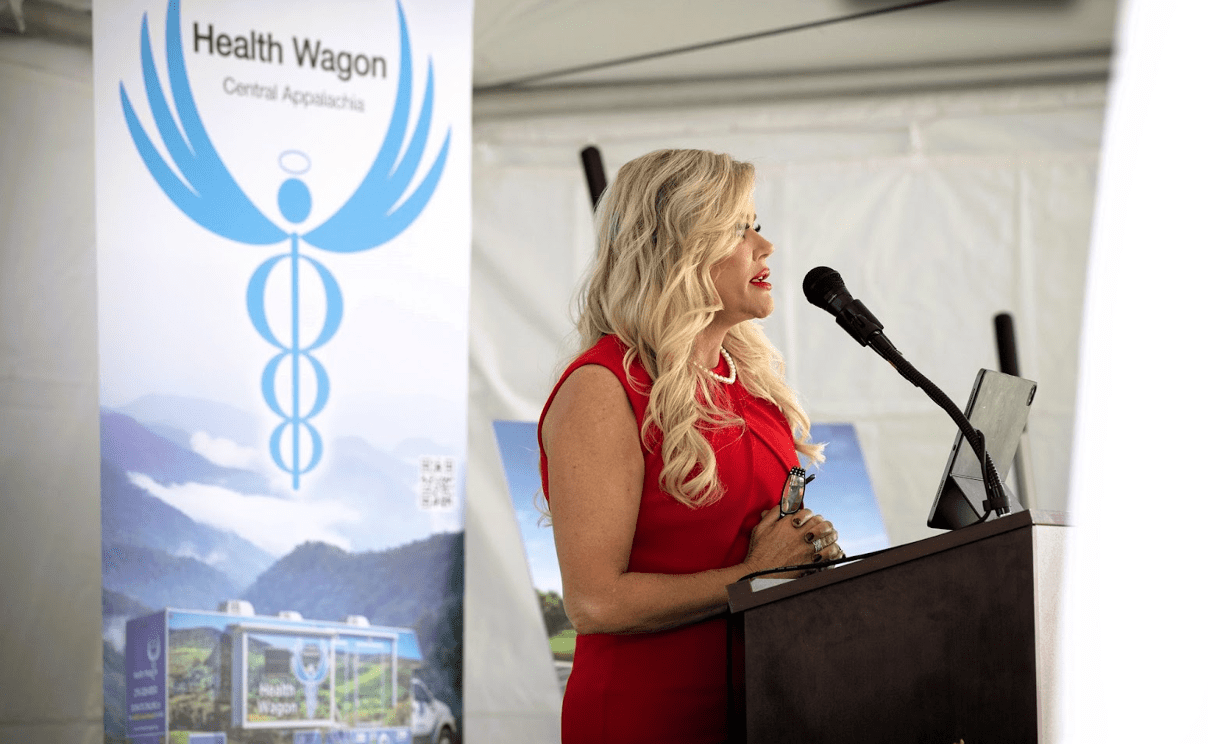Health
What you need to know before undergoing cosmetic surgery?

By Michael Saul, Partner at Cosmetic Surgery Solicitors
Cosmetic surgery, a subspecialty of plastic surgery that covers both surgical and nonsurgical procedures, changes your appearance by altering or reshaping parts of your body that function normally but don’t look the way you want. Itmay seem like a quick cure to enhance your appearance or help you get in better physical shape to have cosmetic surgery. Cosmetic surgery, however, has a number of drawbacks and hazards.
Here is what you should know if you are thinking about getting cosmetic surgery.
Factors to consider
Before you proceed with cosmetic surgery, consider:
Your expectations. When thinking about the results of your cosmetic surgery expect growth rather than perfection. You’re going to be let down if you think surgery will automatically make you a Hollywood star. Surgery won’t help you get a promotion, repair a strained relationship, or enhance your social life.
Expense. Most health insurance companies do not provide coverage for cosmetic surgery. The price might range from hundreds to thousands of pounds depending on the treatment. Consider the price of any extra operations or follow-up care as well.
Risks. Any kind of cosmetic surgery can leave you unsatisfied. Also possible are surgical side effects, such as severe bleeding or an infection at the surgical site.
Recovery. You may require several weeks or even months to recover after cosmetic surgery. Recognize any potential physical side effects as a necessary part of your rehabilitation, as well as any potential effects the surgery may have on your personal and professional life.
In order to reduce the chance of difficulties, your doctor may also advise you to stop smoking around a month prior to surgery and while you are recovering.
Find a safe surgeon
If you have decided to undergo a cosmetic procedure, deciding who will carry out that surgery should be the first thing that you think of after your initial decision. Many people often fall victim to poor cosmetic surgery practices and suffer as a result of cosmetic surgeons carrying out malpractice.
Book a consultation
Before deciding on your surgeon, always schedule a consultation with the person who will do the treatment.
Ask them:
- How many times they have carried out these treatments
- What training and credentials they possess
- If they are a part of a recognised professional organisation that demonstrates that they have the necessary education and experience
- About the procedure’s most frequent side effects
- Who will take care of you and what kind of aftercare you may expect
- What to do if anything goes wrong or the outcome doesn’t satisfy you
- How much it will cost and whether additional fees will apply for any necessary follow-up care
The doctor should explain to you in detail what the procedure entails, including:
- The process of the procedure
- How long will it take
- If anaesthesia is required
Additionally, they ought to explain to you what to anticipate following the operation, including:
- What suffering you might anticipate afterwards
- The length of time necessary for recovery
- The possible dangers and difficulties
- The length of time the effects will last
- What to expect from your appearance following the operation
After the consultation
After your consultation, your doctor should give you some time to consider whether you want to proceed with the surgery.
A booklet from the company that makes the product the surgeon will use would be a good piece of information to ask them for, so you can consult the document and educate yourself about the product beforehand.
Take your time
One last piece of advice to consider before you commit to any surgical or non-surgical cosmetic procedures is to take your time. The official advice is to take at least two weeks of ‘cooling off’ time before committing to surgery following your consultation.
The impact of surgery can last a lifetime, and it is essential to carefully complete all of your research and fully consider your options before committing to an operation that could profoundly affect your physical, financial or emotional wellbeing.
Health
Dr. Teresa Tyson, DNP, Discusses The Hidden Healthcare Crisis in Remote Regions

Image source: Dr. Teresa Tyson, DNP, and Health Wagon
Access to healthcare remains a challenge for many individuals living in rural and remote areas, where medical facilities are scarce or difficult to reach. Many residents endure long travel times for even basic medical services, leading to delayed diagnoses and worsening health conditions. The lack of healthcare professionals further compounds the issue, leaving communities with inconsistent or inadequate care.
While technology and government initiatives have made strides in addressing these disparities, Dr. Teresa Tyson, DNP, notes how there are many obstacles still hindering widespread improvement. Bridging the healthcare gap requires a combination of innovative solutions, infrastructure development, and policy changes to ensure that medical services reach those who need them most.
Limited Access to Medical Care
Many remote regions struggle with a severe lack of healthcare facilities, leaving residents with minimal options for medical treatment. Hospitals and clinics are often located hours away, making even routine checkups a logistical challenge.
A shortage of medical professionals further worsens the situation, as many doctors and nurses prefer to work in urban areas with better resources and career opportunities. As a result, rural communities often rely on understaffed clinics or visiting healthcare workers who may not be available consistently. This leads to delayed diagnoses and inadequate treatment for chronic conditions. Many rural clinics operate with limited medical supplies, making it difficult to provide comprehensive care even when healthcare professionals are available.
In some cases, patients must travel long distances just to receive basic care, often at great personal and financial costs. The burden of transportation, time off work, and the uncertainty of available treatment discourage many from seeking medical attention until their conditions become severe.
Health Risks and Consequences
Delays in medical care often mean that conditions that could have been treated early turn into serious health complications. Many individuals in remote areas develop chronic illnesses that go undiagnosed for years simply because healthcare services are too far away or difficult to access. Diseases that are manageable with regular monitoring, such as diabetes or hypertension, frequently spiral out of control due to the lack of consistent medical supervision.
Beyond physical health, the absence of adequate healthcare also takes a toll on mental well-being. Isolation and limited access to mental health professionals leave many struggling with anxiety, depression, and other psychological conditions without proper support. In small, tight-knit communities, stigma around mental health can make it even harder for individuals to seek help, further exacerbating the crisis.
Preventable diseases continue to spread in these areas due to the lack of vaccinations, screenings, and early interventions. Without proper healthcare infrastructure, outbreaks of common illnesses can have devastating effects, particularly on children and the elderly. The combination of poor access, financial barriers, and limited awareness creates a cycle where minor health concerns escalate into life-threatening conditions.
Challenges in Expanding Healthcare Services
Building and maintaining healthcare infrastructure in remote regions comes with considerable hurdles. Poor road conditions and unreliable transportation make it difficult for medical professionals to reach patients, and in some cases, ambulances are unavailable, forcing residents to rely on personal vehicles or community efforts to transport those in need. In areas with extreme weather conditions, seasonal challenges further complicate healthcare delivery, cutting off entire communities during certain times of the year. These conditions make it nearly impossible for emergency medical teams to provide timely assistance in critical situations.
Funding remains a major obstacle, as rural healthcare facilities often struggle with limited financial resources. Many small clinics operate on tight budgets, lacking essential medical equipment and supplies. Without sufficient investments, these facilities cannot expand their services, making it harder to attract and retain qualified healthcare workers. As a result, many professionals opt to work in urban settings where they have access to better salaries, career advancement, and modern medical technology.
Role of Technology in Bridging the Gap
Advancements in technology are offering new ways to connect patients in remote areas with medical professionals. Telemedicine has made it possible for individuals to consult doctors without having to travel long distances, reducing delays in diagnoses and treatment. Virtual consultations, remote monitoring, and mobile health apps allow patients to receive medical advice without needing to visit overcrowded or distant healthcare facilities. In addition to telemedicine, artificial intelligence is being used to assist in diagnosing conditions remotely, helping bridge the gap in specialist care.
Despite its potential, implementing technology-driven healthcare solutions in rural regions is not without obstacles. Many areas lack reliable internet access or the necessary digital literacy to make full use of telehealth services. Even when technology is available, the cost of devices and connectivity can create another barrier, preventing low-income households from benefiting fully. Addressing these issues requires a combination of infrastructure development, education, and financial support to ensure that technology can be effectively integrated into rural healthcare systems.
Efforts to Improve Rural Healthcare
Governments and nonprofit organizations are actively working to address the healthcare challenges faced by remote communities. Investment in medical outreach programs, mobile clinics, and training initiatives for local healthcare workers has helped bring essential services to those who need them most. Some regions have introduced incentive programs to encourage doctors and nurses to work in underserved areas, offering student loan forgiveness, housing assistance, or higher salaries.
Community-led initiatives also play a crucial role in improving healthcare access. Local volunteers and advocacy groups often step in to provide educational workshops, vaccination drives, and wellness programs tailored to the specific needs of their communities. These grassroots efforts help bridge gaps where formal healthcare systems fall short, ensuring that residents receive at least some level of medical support.
Future Prospects for Remote Healthcare
Innovations in medical technology, policy changes, and raising awareness are shaping the future of rural healthcare. The expansion of telehealth services, combined with improved infrastructure, has the potential to make healthcare more accessible and efficient. Continued investment in mobile medical units and community-based programs could ensure that even the most isolated areas receive the care they need. Research into low-cost, portable medical devices is also opening new doors for remote diagnostics and treatment.
Sustained progress will depend on collaboration between governments, healthcare providers, and local communities. Long-term solutions require more than temporary programs; they demand systemic changes that prioritize equitable medical access. If these efforts continue to grow, rural healthcare systems may finally move toward lasting improvements that benefit future generations.
-

 Tech4 years ago
Tech4 years agoEffuel Reviews (2021) – Effuel ECO OBD2 Saves Fuel, and Reduce Gas Cost? Effuel Customer Reviews
-

 Tech6 years ago
Tech6 years agoBosch Power Tools India Launches ‘Cordless Matlab Bosch’ Campaign to Demonstrate the Power of Cordless
-

 Lifestyle6 years ago
Lifestyle6 years agoCatholic Cases App brings Church’s Moral Teachings to Androids and iPhones
-

 Lifestyle4 years ago
Lifestyle4 years agoEast Side Hype x Billionaire Boys Club. Hottest New Streetwear Releases in Utah.
-

 Tech6 years ago
Tech6 years agoCloud Buyers & Investors to Profit in the Future
-

 Lifestyle5 years ago
Lifestyle5 years agoThe Midas of Cosmetic Dermatology: Dr. Simon Ourian
-

 Health6 years ago
Health6 years agoCBDistillery Review: Is it a scam?
-

 Entertainment6 years ago
Entertainment6 years agoAvengers Endgame now Available on 123Movies for Download & Streaming for Free
